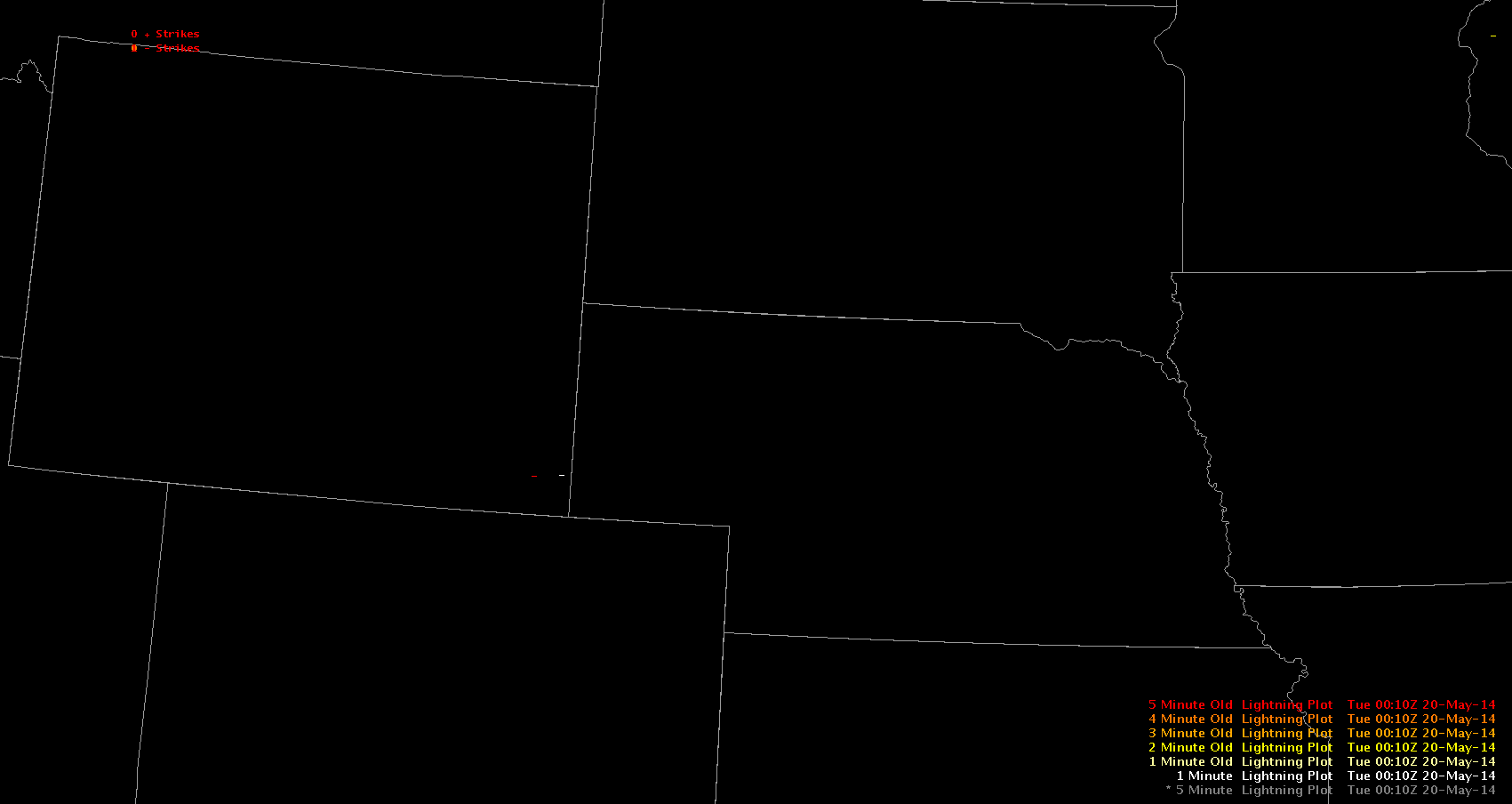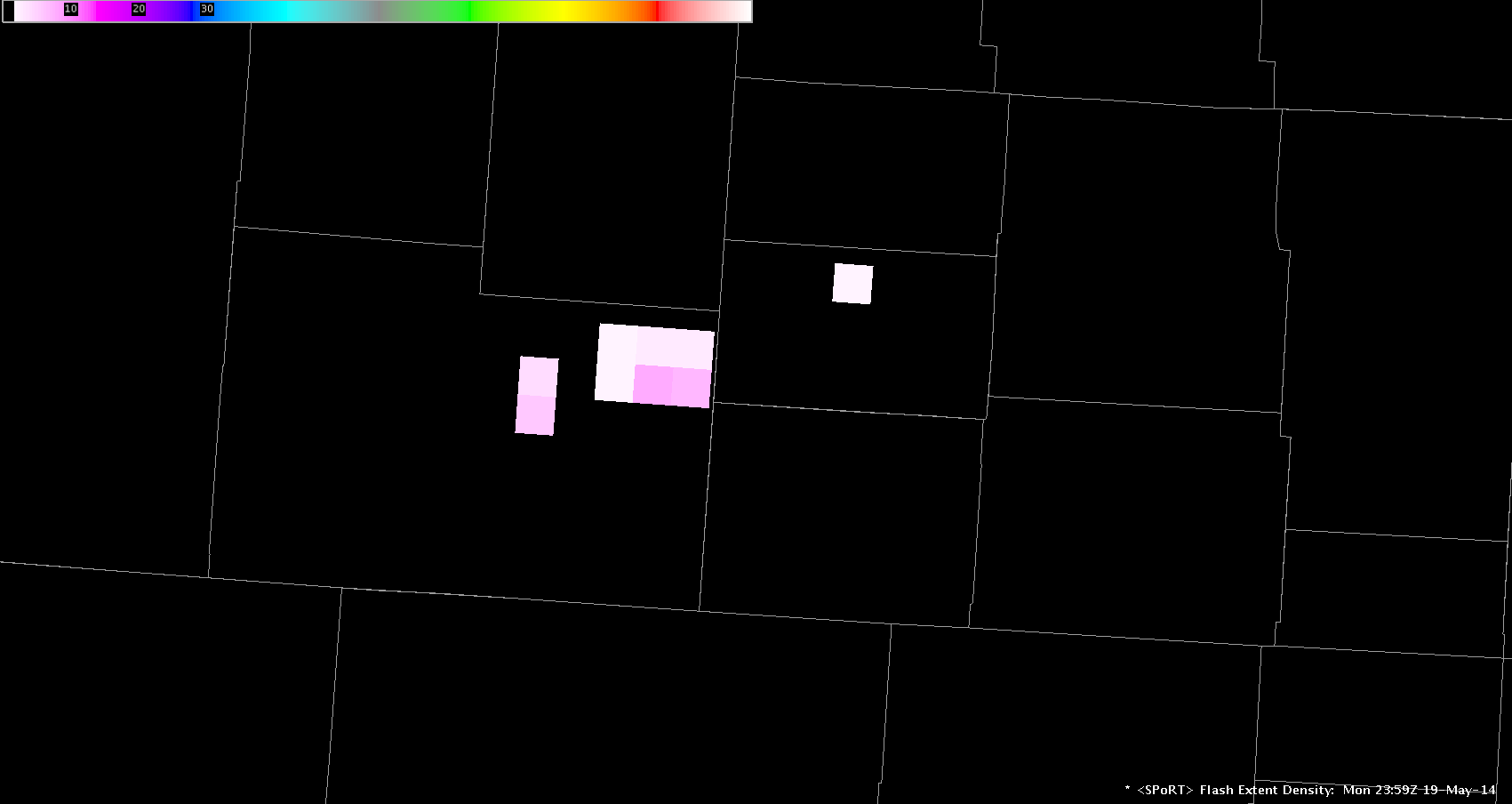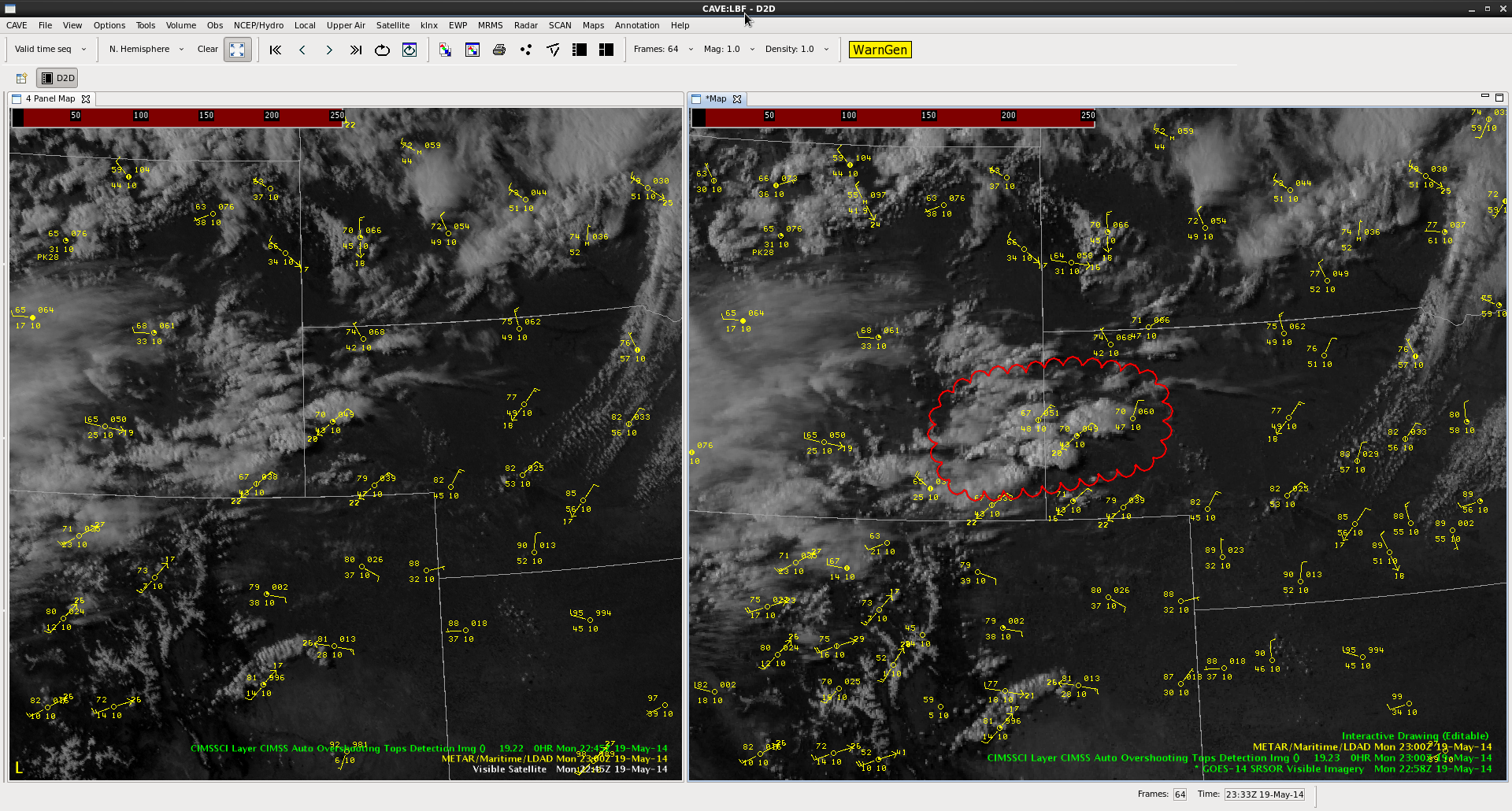The PGLM Total Lightning shows you the “spider web” of the lightning strike, a much bigger area spatially then the particular point on the ground the bolt hit as you see below. It will definitely help me warn viewers ahead of time that there could be lightning in there area before it actually hits the ground. Great Product!
I haven’t been able to us the lightning jump detection to see how that does. Hopefully later this week. ~ Danielle










